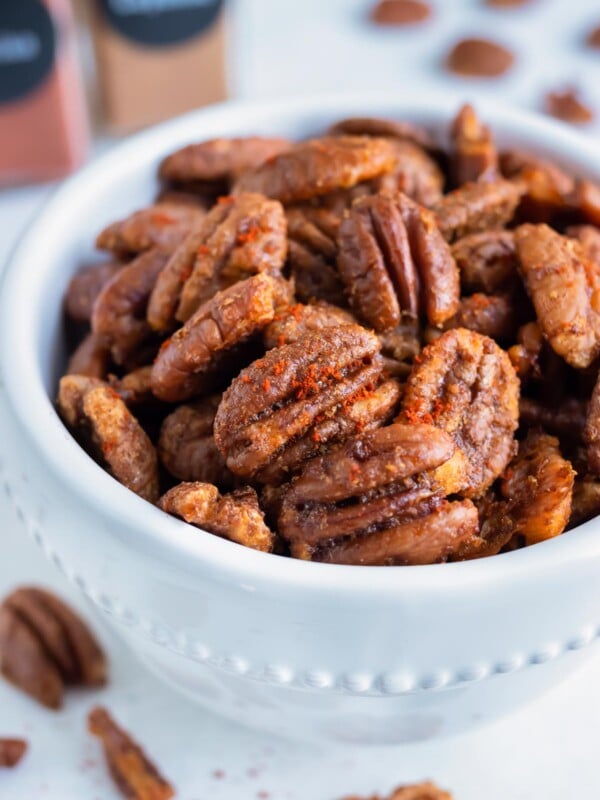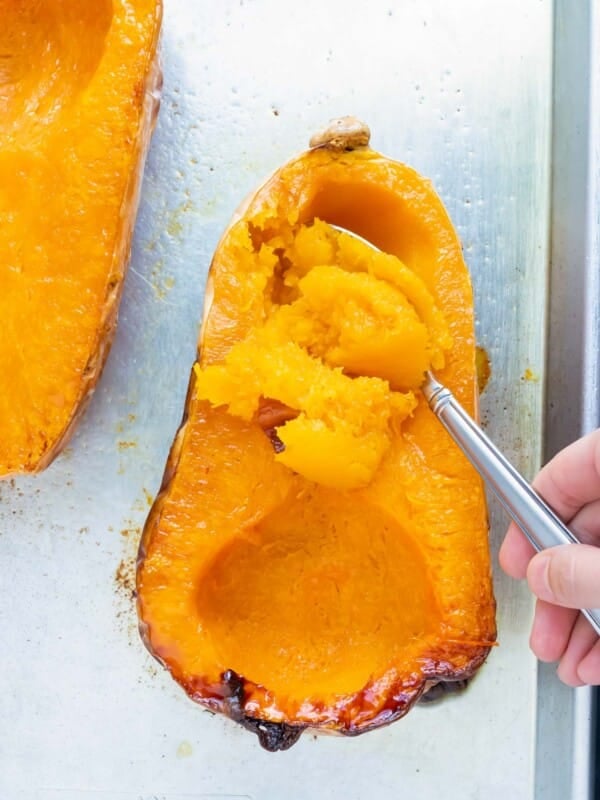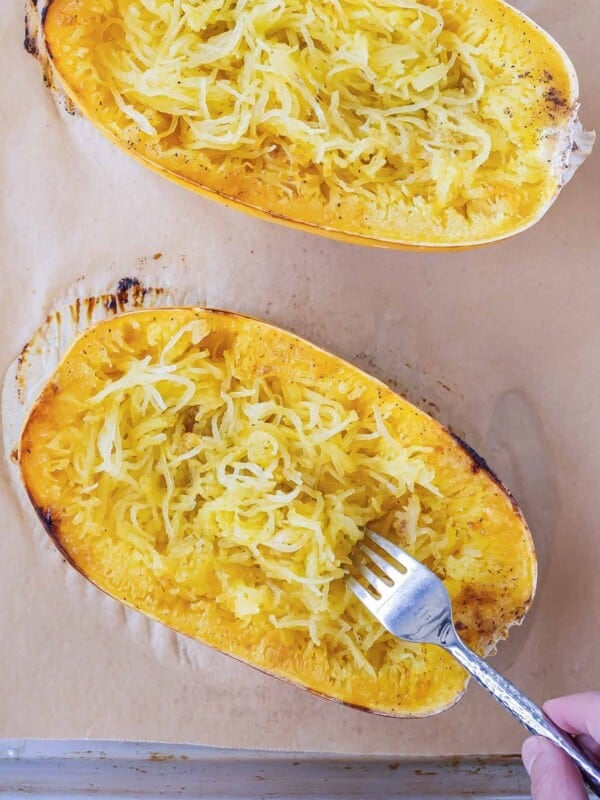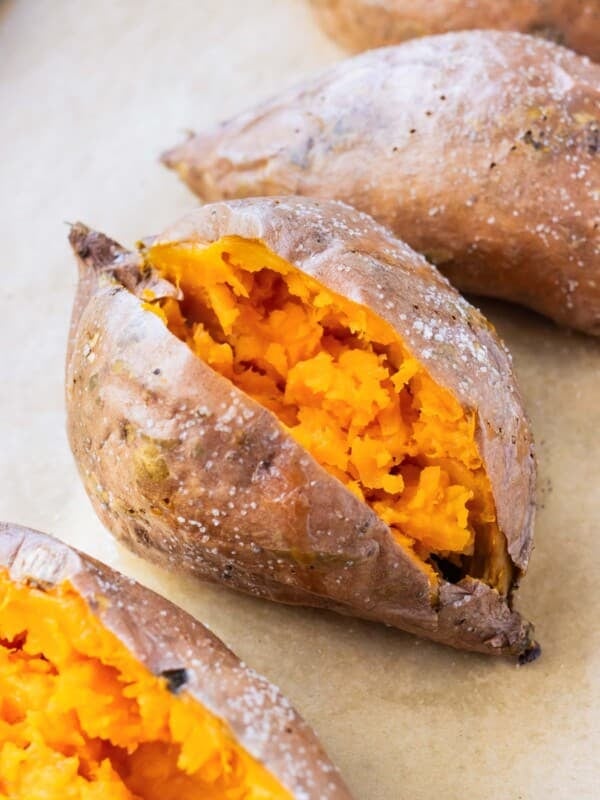Is cornstarch gluten free? The short answer: yes, but if you have celiac disease, always look for that gluten-free certification. Learn about gluten-free cornstarch brands, substitutes that do not contain any gluten, and some expert tips and tricks to make the best use of this thickening agent!
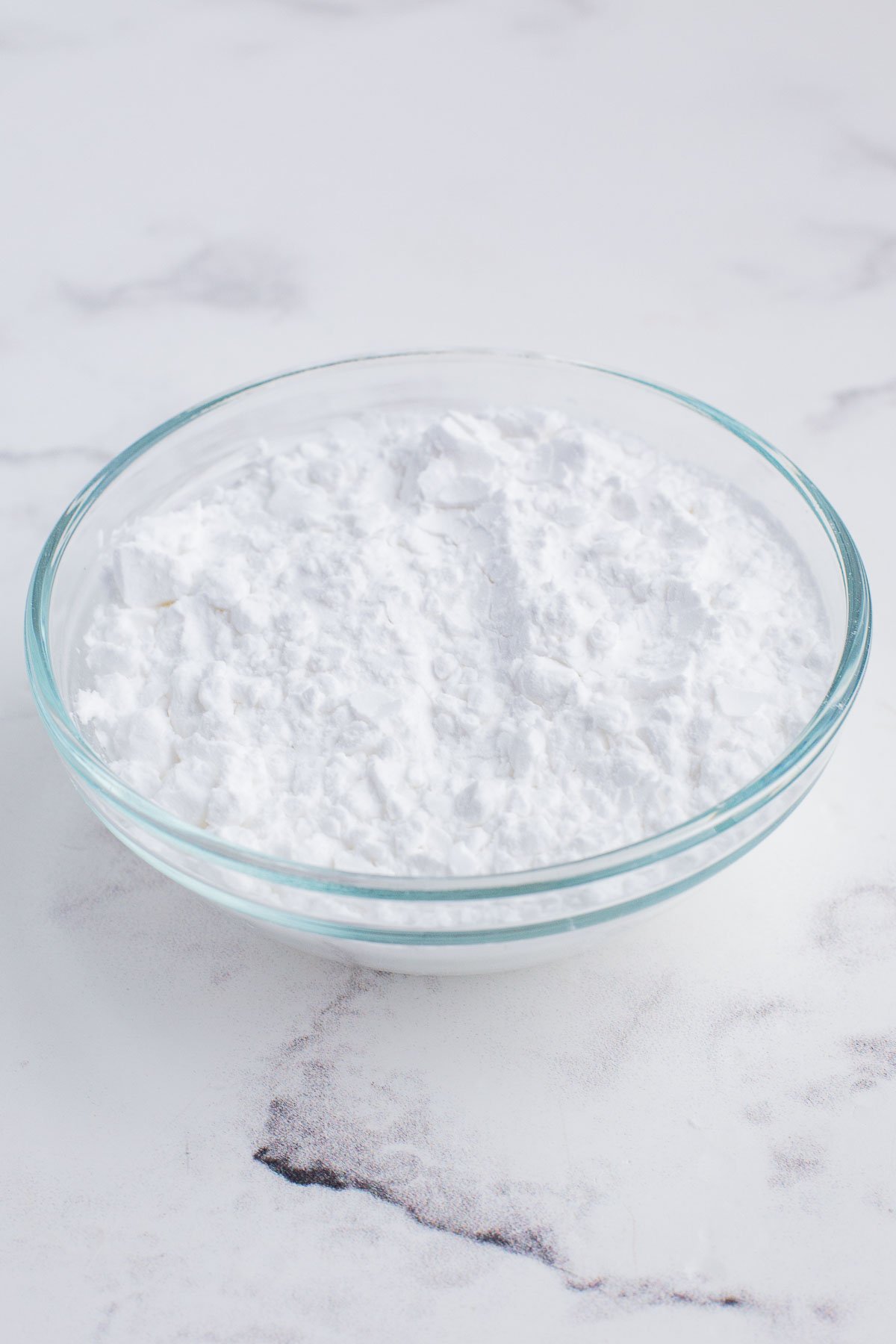
What is cornstarch?
Cornstarch is a smooth white powder that is obtained from the endosperm of the corn kernel. The cornstarch molecules are like sponges; when they soak up water or any kind of liquid, they expand as they are heated. That is why cornstarch is considered one of the most popular thickening agents—it expands ten times its size! A little really does go a long way.
What is gluten?
Gluten is a protein found in rye, barely, triticale, and wheat products. Gluten helps these grains maintain their shape. When you add gluten-containing ingredients to a dish, it can act like a glue and bind other ingredients together.
People who have celiac disease cannot have gluten because it damages their small intestine lining, causing malabsorption. People who have celiac disease have to eat a gluten-free diet to prevent harsh symptoms like diarrhea, abdominal pain, and vomiting.
Is cornstarch gluten-free?
Yes, pure cornstarch is gluten-free. Cornstarch comes from corn, and corn is a gluten-free grain. (See for example, a similar answer to the question, Are grits gluten-free?)
It’s important to note that there are instances when cornstarch isn’t a safe bet for people with celiac disease or a gluten intolerance.
If cornstarch is processed in a facility with other grains containing gluten, then cross contamination is possible. This is why you have to find that certified gluten-free label on cornstarch packaging to ensure that it comes from a facility that hasn’t been cross-contaminated with other gluten-containing foods.
4 Gluten-Free Cornstarch Brands
Below you’ll find the 4 most common brands that are certified to be gluten-free products:
Hodgson Mill
This is a common gluten-free brand amongst people who cannot or choose not to eat gluten. Hodgson Mill produces gluten-free cornstarch according to the Celiac Support Association, and it is also non-GMO.
Clabber Girl
Clabber Girl is a brand known for manufacturing baking powder. They make a gluten-free cornstarch, as well as other gluten-free mixes like banana bread, chocolate chip cookies, and brownie mixes.
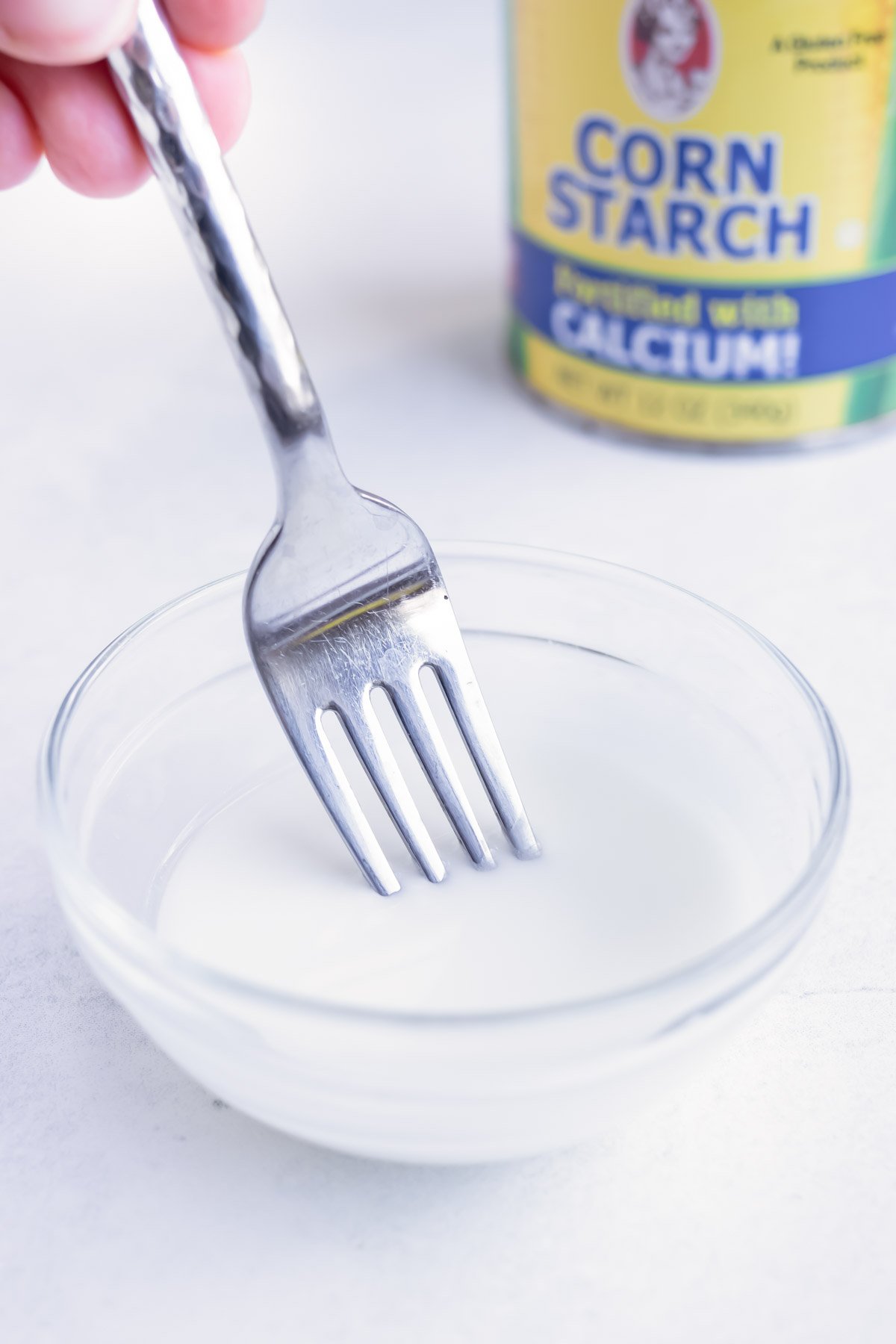
Bob’s Red Mill
Bob’s Red Mill has dedicated gluten-free equipment for their products, which include cornstarch. They have a wide variety of gluten-free products that can be conveniently ordered through Amazon or found at local grocery stores.
Argo & Kingsford’s
This brand literally only makes two products: cornstarch and baking powder. While baking powder generally does contain gluten, this brand is certified in making gluten-free cornstarch and baking powder.
9 Cornstarch Gluten-Free Alternatives
If you don’t want to find a gluten-free cornstarch brand, the good news is there are 9 alternatives you can turn to!
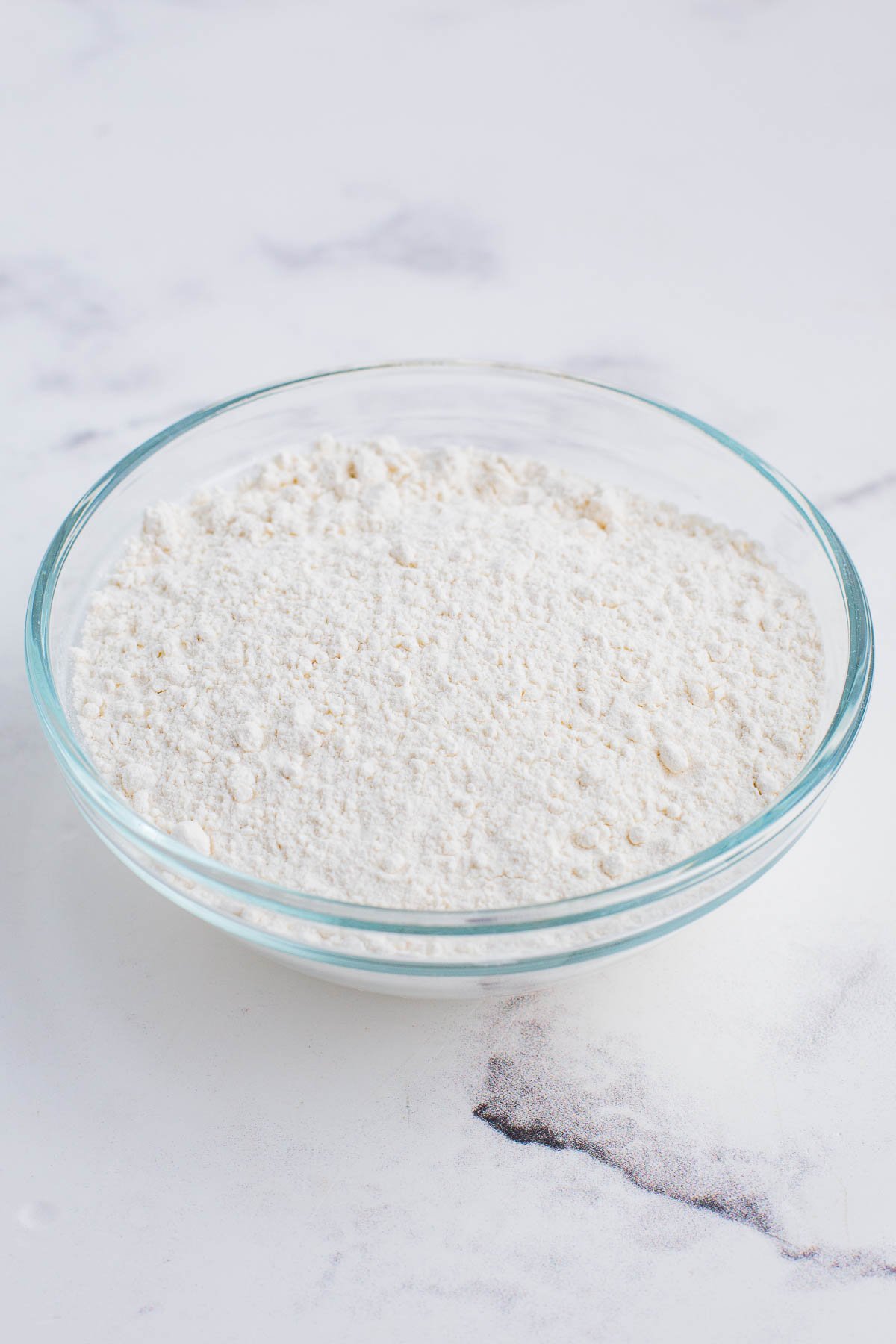
Gluten-Free Flour
If you’re gluten-free, then you’re most likely going to have gluten-free flour on hand. This is an excellent substitute, and all you have to do is double the amount of gluten-free flour to cornstarch!
Arrowroot Starch/Powder
Native to Indonesia, arrowroot starch is extracted from the root of certain tropical tuber plants. Arrowroot is a fine powder that becomes a thick, transparent gel when mixed with water or other liquids. Plus, it’s easy to digest. For every tablespoon of cornstarch, you’ll use one tablespoon of arrowroot powder.
Rice Flour
Made from rice, which is gluten-free, rice flour is an substitute to cornstarch. It becomes a transparent liquid once it is mixed in with any kind of liquid. Additionally, rice flour actually regulates blood glucose levels and the digestive system. Use the same amount of rice flour as you would cornstarch.
Tapioca Starch
Tapioca starch is from cassava plant roots. Tapioca is used widely in baking and cooking in breads, puddings, and soups. This starch also improves metabolic health, and contains a good amount of fiber. When the recipe calls for a tablespoon of cornstarch, use a tablespoon of tapioca instead.
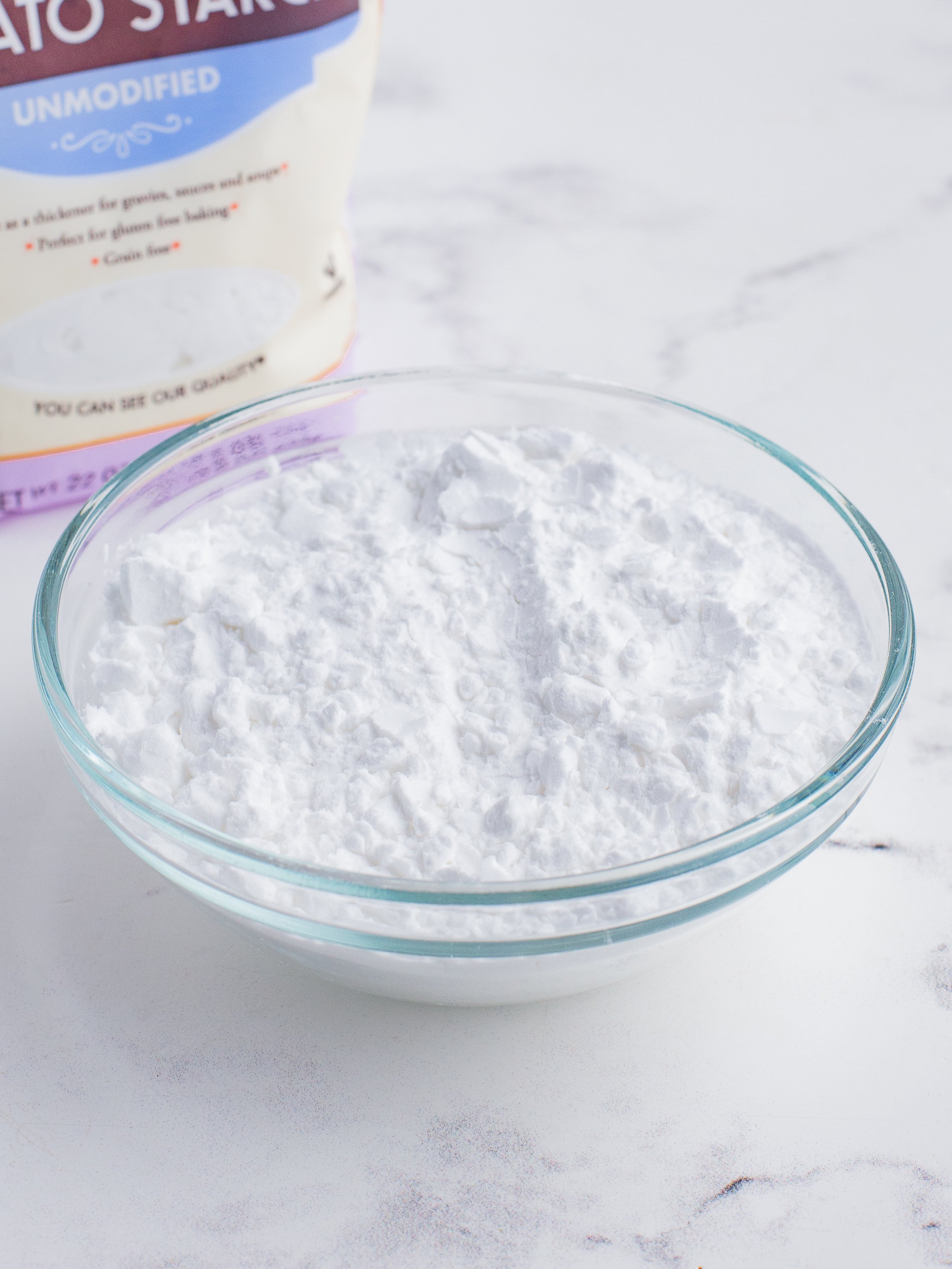
Potato Starch
Potato starch is a fine white powder made from potatoes. The cells of the potato plant are heavy in leucoplasts, also known as starch grains. Potato starch is a clear, white powder without any taste, which makes it the best substitute. It has a high binding strength and swelling power. If you use potato starch, use one tablespoon for every tablespoon of cornstarch.
Ground Flaxseed
Flaxseeds are great substitutes for cornstarch and also work as an alternative to other ingredients, like eggs. Flaxseed is highly nutritious with a high fiber content, protein, and omega-3 fatty acids. Measure out the same amount of flaxseed for when the recipe calls for cornstarch, but mix it with water before using.
Xanthan Gum
This popular food additive has outstanding thickening and stabilizing abilities. It’s formed by fermenting sugar with Xanthomonas campestris and drying it to form a gel. Whenever a recipe calls for cornstarch and you’re using xanthan gum instead, use the same amount.
Psyllium Husk
Psyllium is a gluten-free prebiotic and laxative from the seeds’ husks. Not only does psyllium husk improve digestion, but it also reduces inflammation and regulates cholesterol. After it’s dissolved in water, it forms a gel. Like with other alternatives, use a 1:1 ratio of psyllium husk to cornstarch.
Guar Gum
Guar gum is obtained by scraping the outer husk of the guar plant’s seeds, which is then ground and dried. If the recipe calls for a tablespoon of cornstarch, add the same amount of guar gum instead.
Cornstarch Cooking Expert Tips & Tricks
Use these tips when using gluten-free cornstarch to really optimize your baking and cooking experience:
- Save it for later. Use cornstarch towards the end of cooking because it breaks down quicker than other ingredients.
- Stir it up. Mix cornstarch with any liquid at room temperature to prevent clumping.
- Stay fresh. Avoid freezing cornstarch-thickened sauces and soups. Once frozen, these sauces and soups will become more of a gel and be harder to reheat.
- Dark and chill. Store cornstarch away from heat and in a cool, dry place.
- Make it last. Keep it as long as you need it! Cornstarch has such a long shelf-life, so it won’t go rancid after months and months of sitting in your pantry.
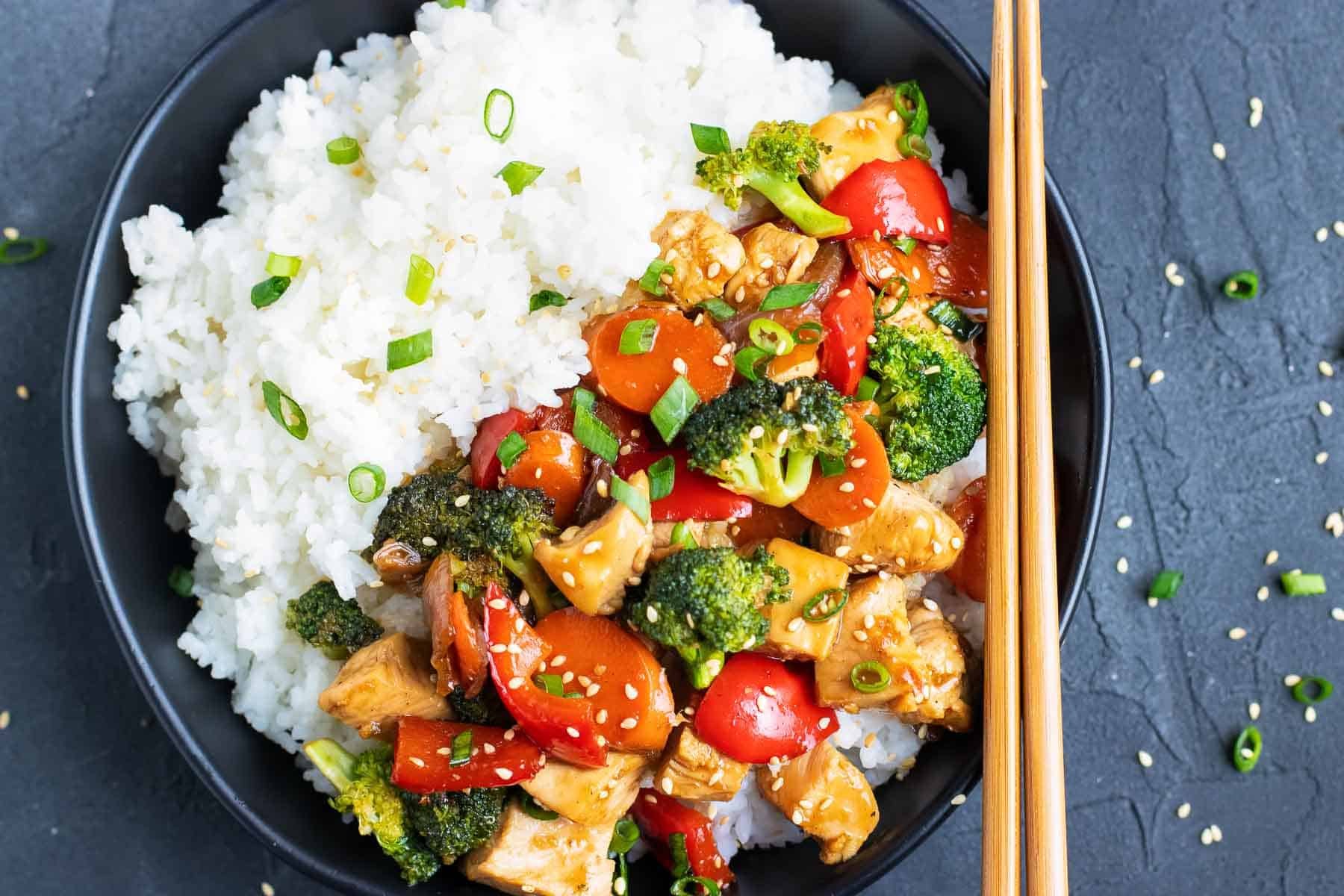
The Best Recipes Containing Cornstarch or a Thickening Agent
Whether baking, making a sauce, or thickening up a stir fry, cornstarch is a helpful addition to these gluten-free dishes:


